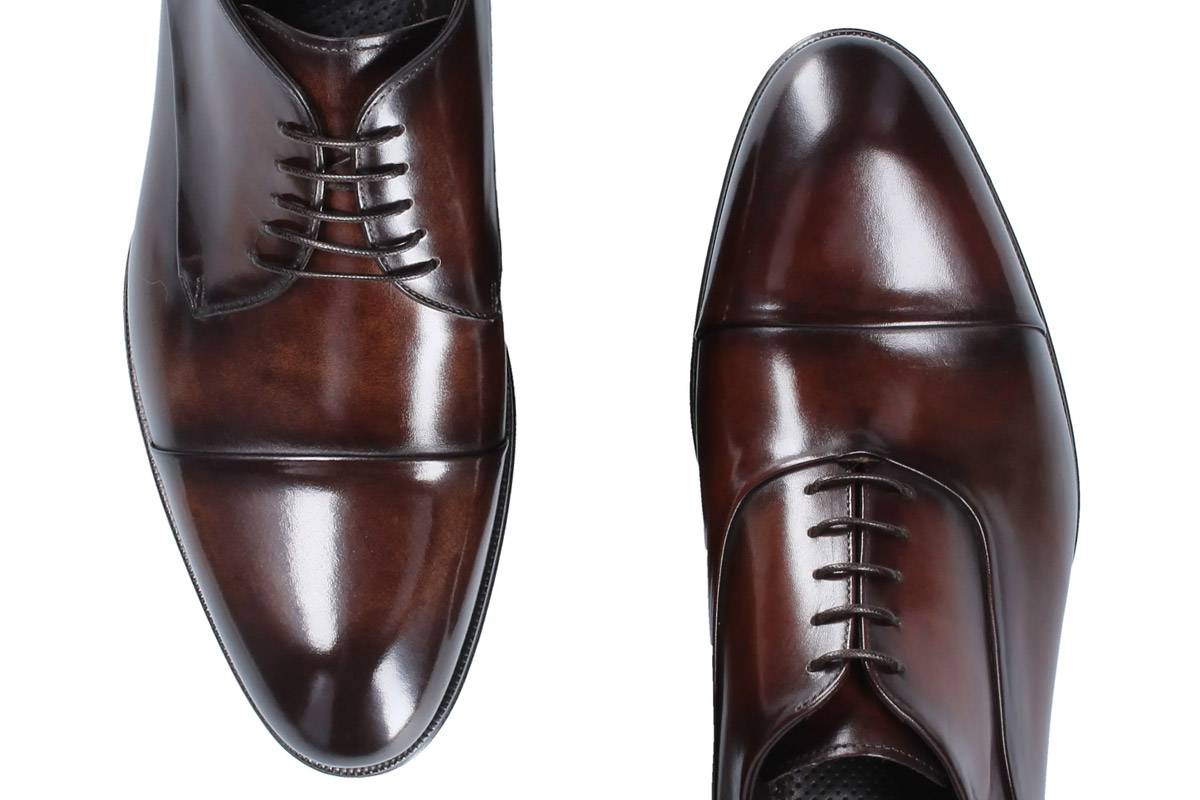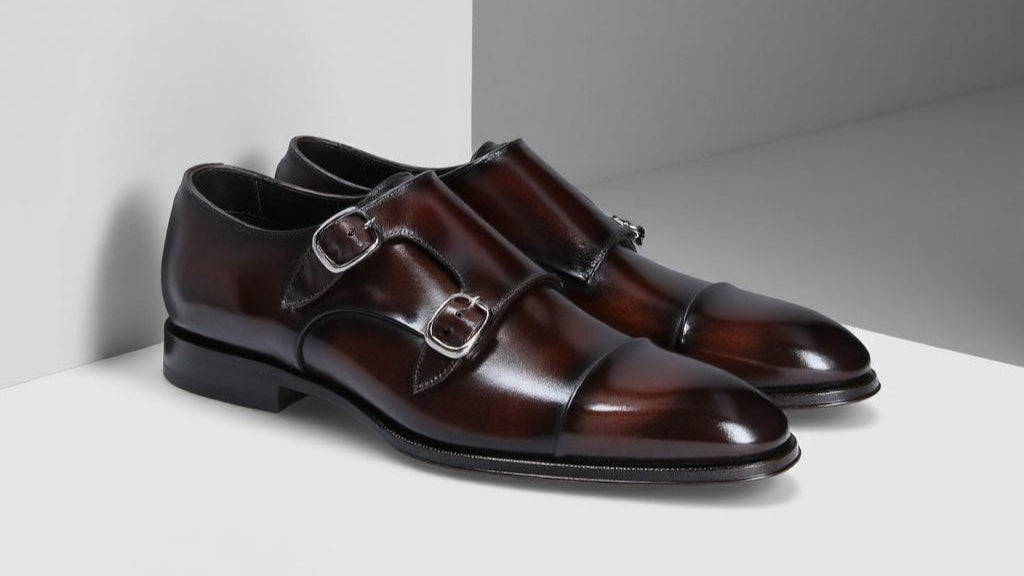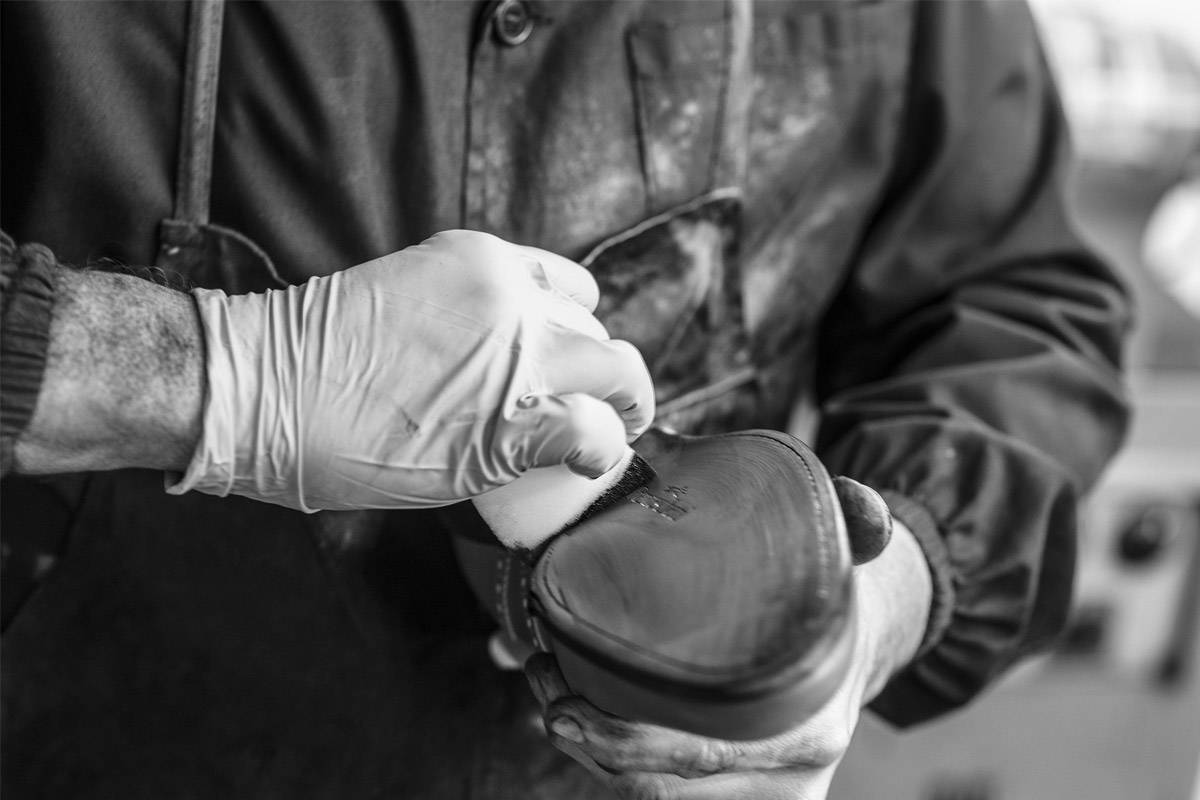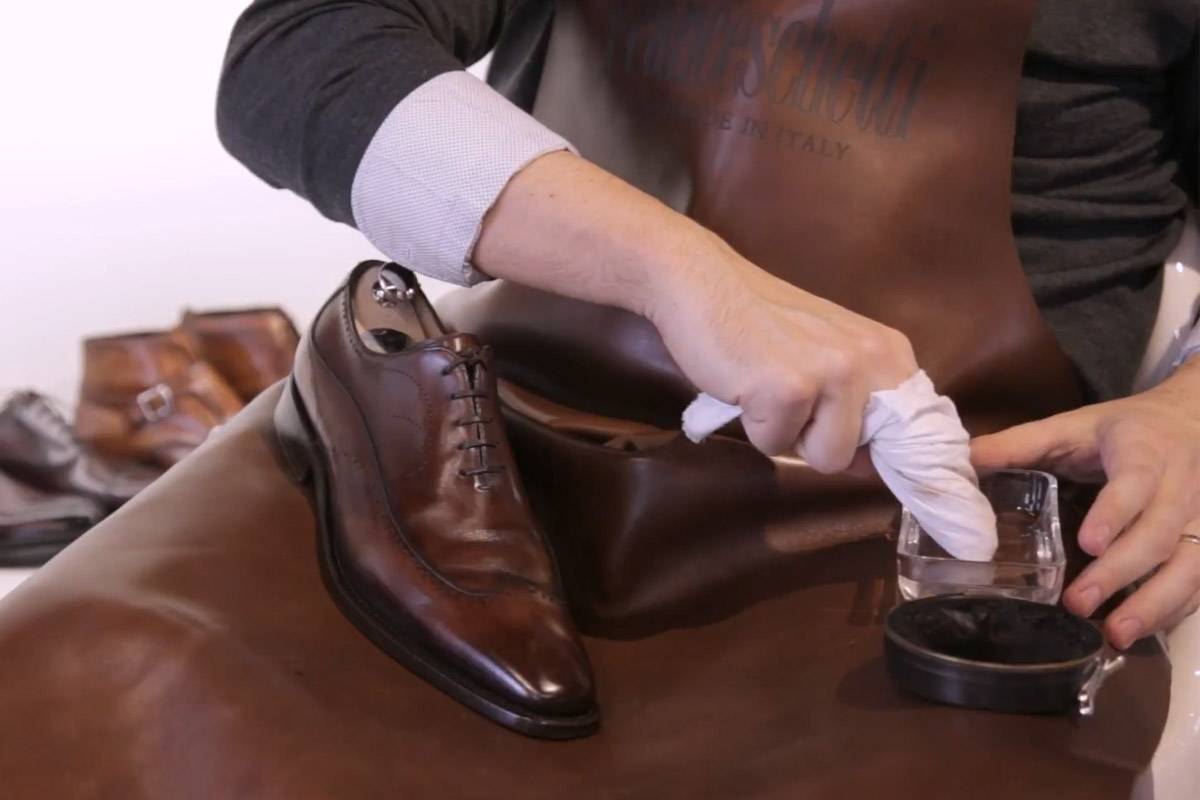
Derby and Oxford shoes: what are the differences?


There are shoes in the male wardrobe that are real evergreen. Derby shoe and Oxford shoe are among these: let's discover together differences.
Derby shoe and Oxford: The cowl does not make the Monk... but the shoes of course!
Remember the famous saying "The cowl does not make the Monk"? Here, perhaps the clothes not, but definitely the shoes help to define style and personality of the wearer. This is even more true for "historical" models like the derby and the Oxford shoes, which is important to know the characteristics and differences to avoid any mistakes in the choice of their outfits. Each shoe, in fact, has its own "language" that it is good to learn before deciding whether and how to wear it: choose a derby shoes or oxford is indeed an accurate statement of one's being. Let's see why …
Characteristics and differences between the derby shoe and the oxford shoe


To understand the differences between derby and Oxford models, as we intend them today, you have to take a small step back in time. In fact, this shoe, began to establish between '700 and' 800 when, with the rise of the new middle class, the last till that moment used for shoes began to modernize with the lowering of the leg of the boot, the standardization of the shoe at the ankle and the elimination of the luxurious (and often bizarre) ornaments of the buckles. The francesina, in particular, is also known as Oxford because it was worn for the first time by university students, scions of wealthy English families. It is a simple and elegant model that has always represented the elegance par excellence. The trait that distinguishes it is the vamp sewn on the quarters that are united close to the instep girth. The shoe is then closed by five pairs of through holes, of which the last one is reserved for the bow. The most common variants of francesina are plain with toe-cap or with the classic flower decoration, special perforation on the tip of the last (called broguering), a motif even extended to the rest of the footwear.
Unlike the derby shoe, this model, especially in the black and brown versions, goes perfectly with elegant outfit for everyday use: tailored suits, tight or chalkstriped. In addition, the francesina is a shoe that thanks to its structural characteristics goes better with those who have a thin foot and a low instep girth. The derby, however, is named after the Prussian general Gebhard Leberecht von Blücher who wanted it for his army. From than on, all the troops of Europe wore it, until, in the mid-800, officially became men's sports shoes. The main difference compared with the francesina regards the seam of the vamp that is made under the quarters. This detail makes it more sporty and informal, adapted to be coupled with a pair of jeans or a simple trousers 5 pockets. The ability to adjust the lacing, also, makes the derby a shoe particularly suited to those that have a foot with high instep girth and a wide sole of the foot because in this way they can fit it more easily (also thanks to the possibility to adjust the distance between the two quarters).




Did you understand it? The shoe is not just an accessory, but a small world that contains many stories to tell. Being informed is the first step to make the right choices in style. And now that you know the differences between the derby shoe and francesina you can not go wrong. Discover all the models in our online store and choose whatever you want to tell your way of being…



